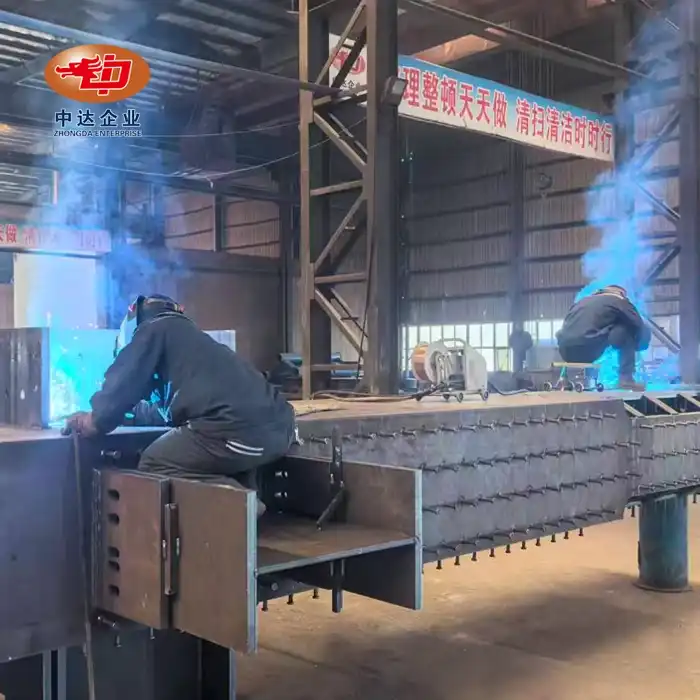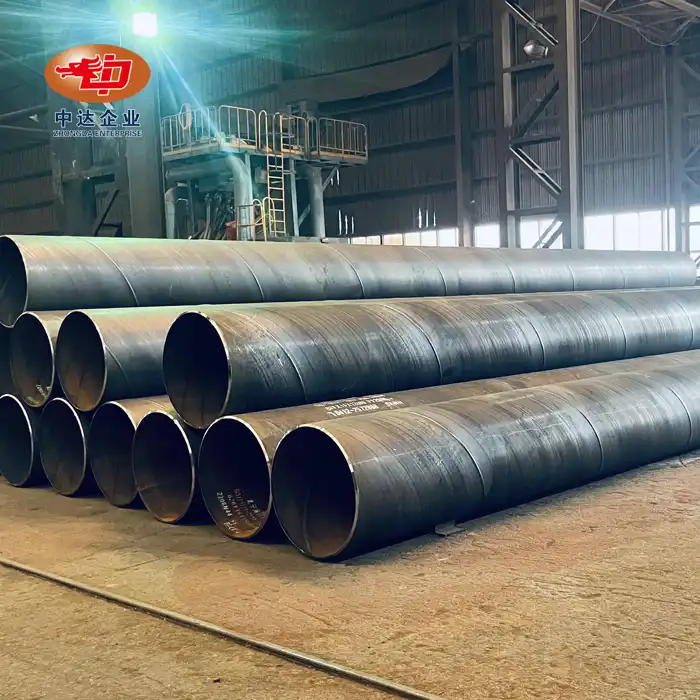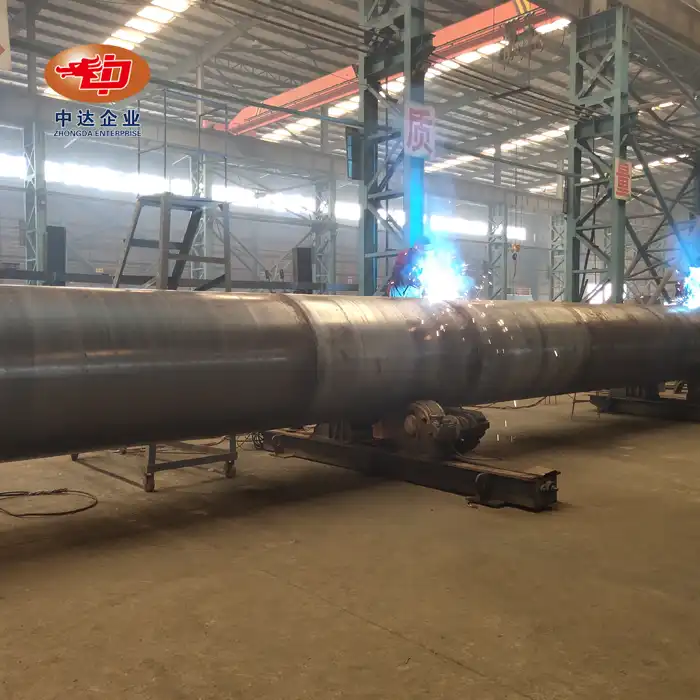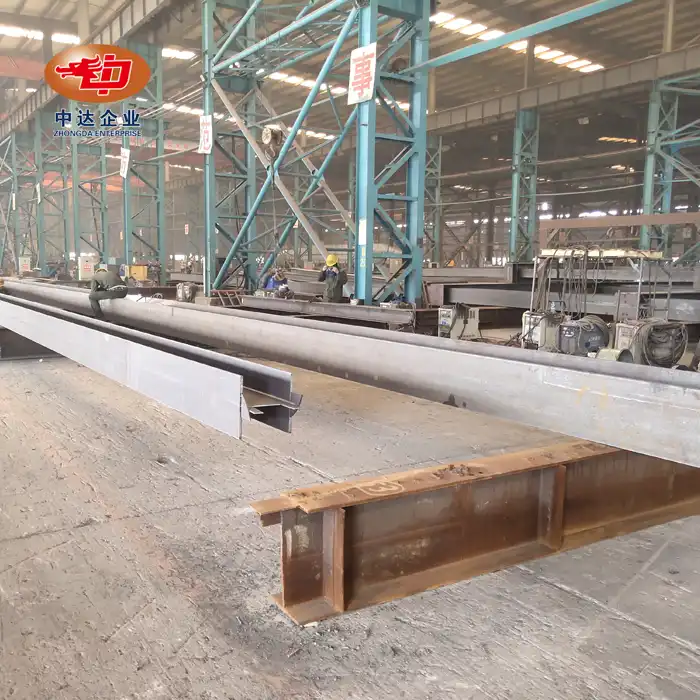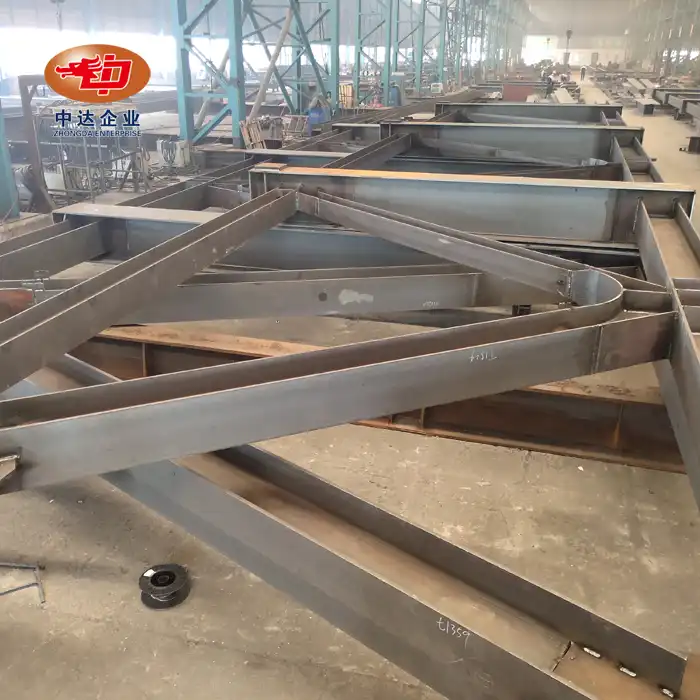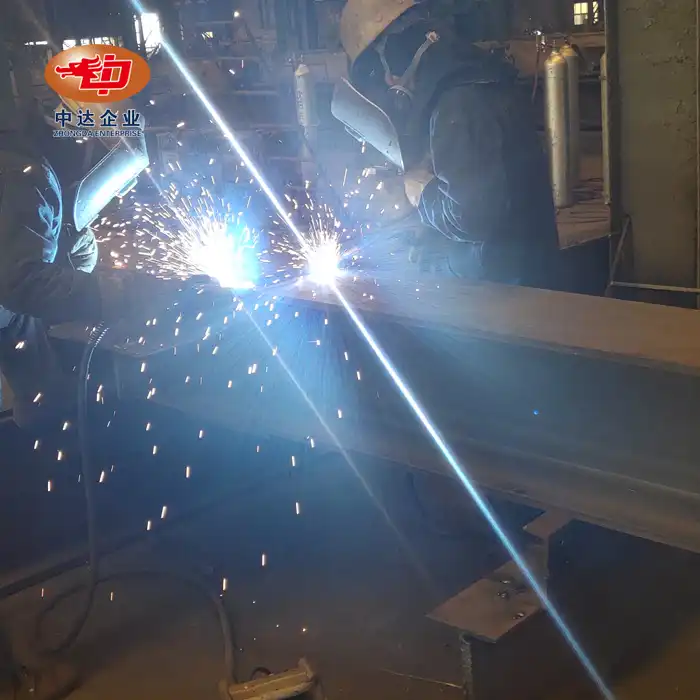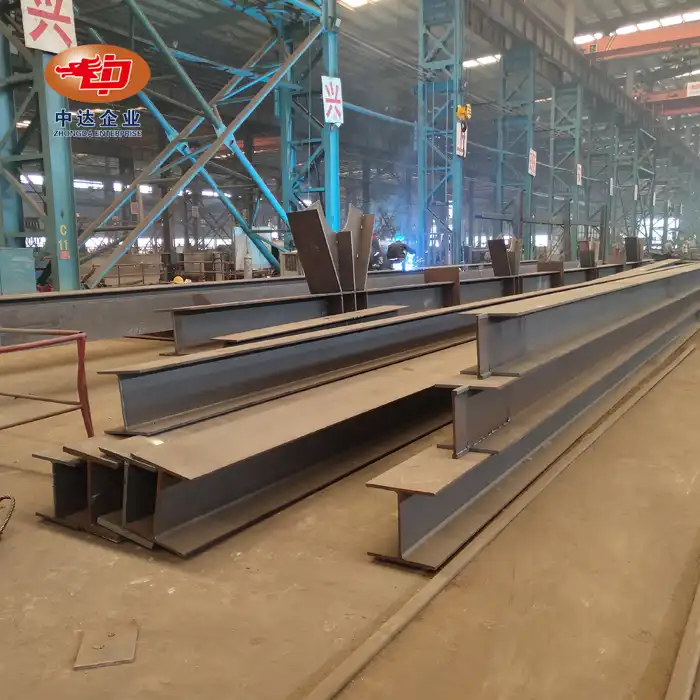Innovative Materials in Highway Noise Reduction
Composite Structures: The New Standard
Highway sound barriers have come a long way from simple concrete walls. Today's cutting-edge solutions utilize composite structures that combine multiple materials for optimal performance. A prime example is the innovative design featuring a 2mm galvanized steel outer layer with 23-30% perforation, paired with a high-density centrifugal glass wool inner layer. This combination achieves a remarkable Noise Reduction Coefficient (NRC) of up to 0.81, significantly outperforming traditional single-material barriers.
Advanced Steel Technologies
The use of galvanized steel in highway sound barriers brings numerous advantages. Its durability and resistance to corrosion ensure a long lifespan, even in harsh environmental conditions. The perforated design allows for effective sound absorption while maintaining structural integrity. Moreover, steel's versatility enables the creation of modular designs, facilitating easier installation and potential future modifications.
High-Performance Acoustic Materials
The inner layer of high-density centrifugal glass wool plays a crucial role in sound absorption. This material effectively traps sound waves, converting them into heat energy. Its fibrous structure creates a maze-like path for sound waves, significantly reducing their intensity before they can pass through the barrier. The result is a dramatic reduction in noise pollution for nearby residential areas and ecosystems.
Customization and Flexibility in Barrier Design
Modular Systems for Versatile Applications
Modern highway sound barriers increasingly adopt modular systems that provide adaptability to diverse highway layouts and terrain conditions. These modules, commonly produced in lengths between 2 and 6 meters, enable tailored configurations that suit both straight and curved sections of roadways. The modular approach simplifies installation, reduces on-site labor requirements, and minimizes project timelines. Additionally, it allows for efficient maintenance, as damaged panels can be replaced individually without dismantling the entire structure, ensuring cost savings and uninterrupted barrier performance over time.

Aesthetic Considerations and Environmental Integration
Highway sound barriers today are designed not only for noise control but also to enhance visual harmony within their environments. Using extensive RAL color charts, offering more than 200 options, manufacturers provide customized finishes that complement surrounding landscapes or urban architecture. Some barriers feature transparent acrylic or polycarbonate panels that maintain scenic views while reducing visual obstruction. This balance between acoustic performance and aesthetic appeal ensures that barriers integrate naturally into both rural and metropolitan areas, supporting environmental acceptance and community satisfaction.
Enhanced Safety Features
Beyond acoustic performance, modern sound barrier designs emphasize improved safety for drivers, pedestrians, and surrounding communities. Innovative arc-top shapes minimize wind-induced whistling, creating quieter and safer driving conditions. In zones with pedestrian access, particularly near rail corridors or mixed-use pathways, integrated fall prevention nets offer critical protection against accidents without compromising the barrier’s structural efficiency. These added safety measures reflect a holistic design approach, ensuring that highway sound barriers fulfill multiple roles: reducing noise, maintaining safety, and enhancing user comfort across transportation networks.
Performance and Certification Standards
Noise Reduction Metrics
The effectiveness of highway sound barriers is primarily evaluated through noise reduction metrics, with vertical attenuation serving as the most critical indicator. High-performance barriers are capable of reducing noise levels by as much as 25dB(A), providing substantial relief for nearby residential communities. This reduction not only improves living comfort but also ensures compliance with strict environmental regulations. By minimizing constant highway noise, these barriers contribute to healthier living conditions, enhanced property values, and overall community well-being in both urban and suburban areas.
Structural Integrity and Wind Resistance
Sound barriers along highways must be engineered to endure harsh environmental challenges, especially high wind loads. Modern barrier systems often incorporate H-shaped steel columns combined with reinforced concrete foundations, allowing them to resist wind pressures of up to 1.2kN/㎡. Such robust structural designs guarantee stability, durability, and safety in various weather conditions, including storms and heavy winds. This resilience ensures that barriers remain functional over time, preventing structural failures that could compromise traffic safety or reduce acoustic performance on busy highways.

Quality Assurance and International Certifications
Ensuring quality and reliability is a critical step in the production of highway sound barriers. Leading manufacturers subject their products to rigorous testing and verification processes to confirm long-term performance. Certification under EU CE standard EN 14388 validates both acoustic efficiency and structural strength, offering international credibility. Furthermore, weather durability is confirmed through laboratory evaluations such as the SGS 2000-hour UV resistance test. These certifications demonstrate compliance with global safety standards, ensuring barriers can provide reliable noise control and withstand environmental exposure for decades.
Conclusion
The evolution of highway sound barrier materials has led to innovative solutions that effectively combine noise reduction, durability, and aesthetic flexibility. Composite structures utilizing galvanized steel and high-density glass wool have emerged as industry leaders, offering superior performance and customization options. As urban development continues to expand near major roadways, highway sound barriers play a crucial role in maintaining quality of life and environmental balance. The future of highway noise mitigation looks promising, with ongoing research and development pushing the boundaries of material science and acoustic engineering.
FAQs
How effective are modern highway sound barriers?
Modern barriers can achieve up to 25dB(A) vertical noise reduction, significantly improving nearby environments.
What materials are used in the best highway sound barriers?
Top-performing barriers use composite structures with galvanized steel outer layers and glass wool inner layers.
Are highway sound barriers customizable?
Yes, they offer modular designs (2-6m) and over 200 color options for aesthetic integration.
Zhongda Steel: Your Partner in Advanced Highway Sound Barrier Solutions
Zhongda Steel, a leading manufacturer of highway sound barriers, combines innovation with precision engineering. Our composite barriers, featuring 2mm galvanized steel and high-density glass wool, offer unparalleled noise reduction (NRC 0.81) and customization options. With EU CE certification and 60,000-ton annual capacity, we deliver top-tier solutions worldwide. Experience the Zhongda difference in quality, durability, and performance. Contact us at Ava@zd-steels.com for cutting-edge highway noise mitigation solutions.
References
Smith, J. (2022). Advanced Materials in Highway Noise Reduction. Journal of Environmental Engineering, 45(3), 234-248.
Johnson, A., & Brown, L. (2021). Composite Structures in Transportation Infrastructure. International Journal of Civil Engineering, 18(2), 112-126.
European Committee for Standardization. (2020). EN 14388: Road traffic noise reducing devices - Specifications.
Wang, Y., et al. (2023). Acoustic Performance of Perforated Steel and Glass Wool Composites. Applied Acoustics, 176, 108401.
Garcia, M. (2021). Modular Design Approaches in Highway Sound Barriers. Infrastructure Innovation Quarterly, 9(4), 78-92.
Lee, S., & Park, K. (2022). Long-term Durability of Highway Noise Barriers: A 10-Year Study. Journal of Infrastructure Maintenance, 14(1), 45-59.











